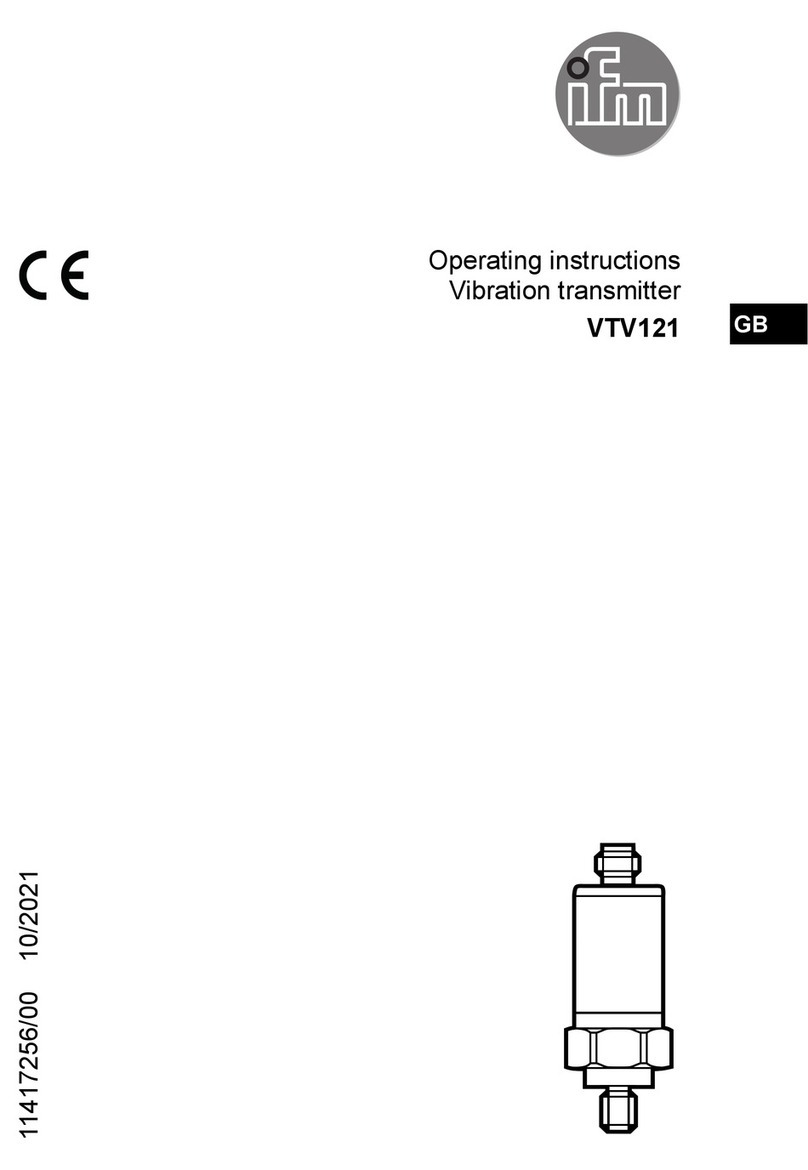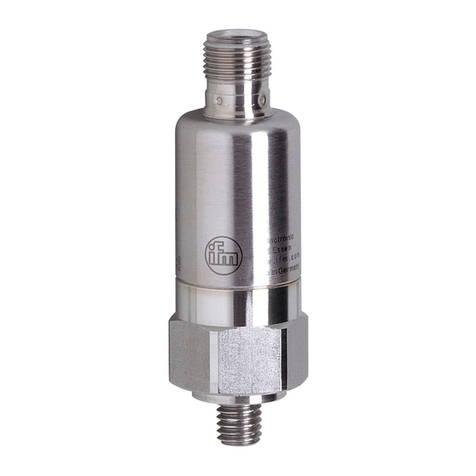
2
Contents
1 Preliminary note���������������������������������������������������������������������������������������������������3
1�1 Symbols used ������������������������������������������������������������������������������������������������3
2 Safety instructions �����������������������������������������������������������������������������������������������3
3 Getting started �����������������������������������������������������������������������������������������������������4
4 Functions and features ����������������������������������������������������������������������������������������4
5 Function���������������������������������������������������������������������������������������������������������������5
5�1 Analogue function ������������������������������������������������������������������������������������������5
5�2 Diagnostic function ����������������������������������������������������������������������������������������6
5�2�1 Drift monitoring ������������������������������������������������������������������������������������7
5�2�2 Sensor backup (redundancy switching)������������������������������������������������8
5�2�3 Diagnostic cases ����������������������������������������������������������������������������������8
5�2�4 Diagnostic function in 2-wire operation�������������������������������������������������8
5�2�5 Diagnostic function in 3-wire operation�������������������������������������������������9
5�3 IO-Link ���������������������������������������������������������������������������������������������������������10
6 Installation ��������������������������������������������������������������������������������������������������������� 11
6�1 Installation of units with G1 / Aseptoflex Vario process connection������������� 11
6�2 Units with process connection G ½ sealing cone ���������������������������������������� 11
6�3 Use in hygienic areas to 3-A������������������������������������������������������������������������12
6�4 Use in hygienic areas to EHEDG ����������������������������������������������������������������12
7 Electrical connection������������������������������������������������������������������������������������������13
8 Parameter setting ����������������������������������������������������������������������������������������������14
8�1 Adjustable parameters���������������������������������������������������������������������������������14
9 Operation�����������������������������������������������������������������������������������������������������������15
10 Fault correction������������������������������������������������������������������������������������������������16
11 Technical data ��������������������������������������������������������������������������������������������������17
12 Factory setting �������������������������������������������������������������������������������������������������17




































